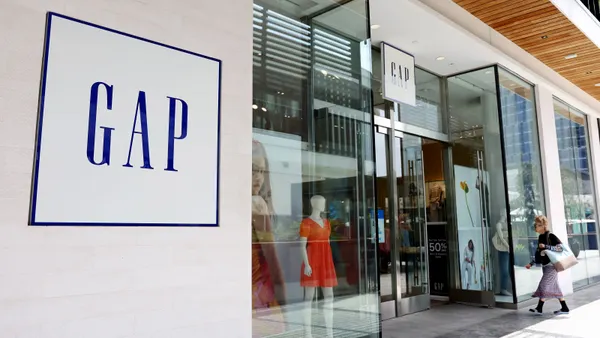Recently, experts in ecommerce gathered at IRCE in Chicago to discuss the challenges and opportunities of retail e-commerce. With the Internet’s wide reach, many retailers are experiencing both the cost benefits (and the challenges) of going global. Below are five takeaways from the conference for any retailer looking to expand beyond the American online marketplace.
1. It’s a mobile revolution
One of the key words at IRCE was “mobile,” with multiple talks focusing on the future of the platform. A recent report by eMarketer predicted the number of worldwide smartphone users to rise to 2.5 billion in 2017, compared to the 1.43 billion reported last year. Goldman Sachs forecast that purchases made on tablets will rise to $626 billion in 2018, compared to $204 billion in 2014.
This spike in mobile users means that it’s imperative for retailers to adopt strategies to be ready for more mobile shopping. Francie Strong of The Find, an e-commerce search engine, stated that 40% of the site's traffic comes from mobile. With this information, the company has focused on creating a multi-platform profile for users that easily transitions from tablet to phone.
2. E-commerce is going native
When expanding to other markets, retailers must be aware of potential new clients' local customs and languages. This involves either creating new, localized sites for different countries, or adapting websites to be available in multiple languages.
Antoine Routaboul of Bonprix France, a fast fashion e-retailer in Europe, says that there are very different needs and expectations to be met in new countries -- even in similar European markets. These needs include accommodating different currencies and languages, as well as customs that may vary from country to country.
3. Europe likes to stay local
In a recent report sponsored by the European Commission, the percentage of Europeans shown to have made purchases from an e-retailer outside of the EU in the last 12 months was startlingly low: 8% in 2012. And while the percentage of Europeans willing to purchase online in another EU language rose steadily from 2006 to 2011, it dropped from 2011 to 2012.
Don Davis of Internet Retailer attributed this drop to tensions that grew within the EU after the 2008-2009 financial crisis.
4. Brazil is growing, but it has its challenges
Referencing Akamai’s quarterly “State of the Internet” report, one presenter noted that Brazil had the fastest growth in IP addresses in 2013, with a 47% rise compared to 15% growth in both China and the U.S. Out of the 2.4 billion Internet users worldwide in 2012, Latin America had 42.9% Internet penetration, and 193 of Internet Retailer’s Top 500 retailers in 2014 shipped to the country.
But with this growth comes challenges. Uwe Bald, vice president of international business development of Hermes, a global shipping and fulfillment contractor, claims that Brazil is known for its wide infrastructure challenges because of its sheer size. These difficulties lead to dilapidated roads, traffic jams and theft during the shipping process, which in turn leads to a high implementation cost.
5. Avoid the “Last Mile Implosion”
Creating a functional, multi-language website and navigating through different customs may seem like the most difficult roadblocks to going global. But both Bald and Routaboul were quick to point out the importance of a strong strategy for the "last mile" when the shipment is delivered to its final destination. Some problems that might arise during this trip from truck to door include package theft, the inability to find the final destination (usually stemming from an incomplete address), and the customer being unavailable to sign for the package.
To avoid an incomplete delivery (and lost revenue for the company), retailers have multiple options in addition to the standard doorstep delivery. These include package drop off centers, package lockers, and weekend deliveries. The best drop off option may vary between countries, so it’s imperative for retailers to do their research before entering a new market.
Would you like to see more retail news like this in your inbox on a daily basis? Subscribe to our Retail Dive email newsletter! You may also want to read Retail Dive's look at when Photoshop goes too far.













